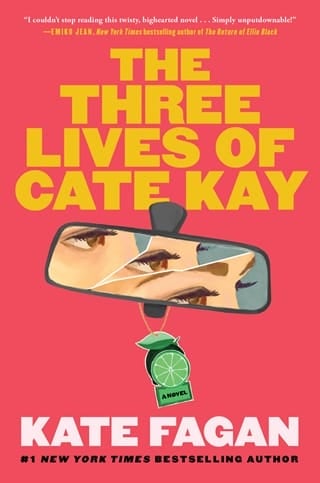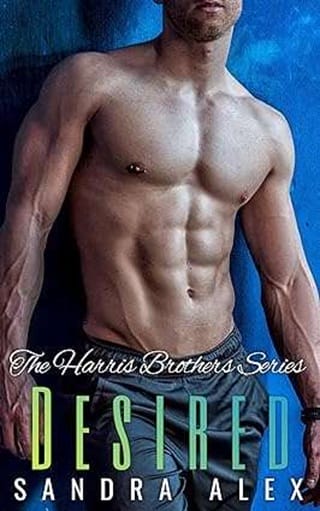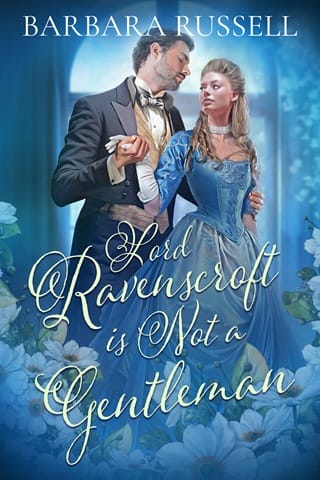Chapter 60 Cass
CHAPTER 60 CASS
April 2013
Charleston
My go-to coffee shop was about a half mile from my home, which I walked to most mornings. Not because their coffee was good, but because if I didn’t, I might not see anybody at all during the day. We had a rapport, me and one of the baristas, and I share this because whenever I made a connection with someone, I began imagining what it would be like to tell them I was the author of the famous trilogy. What would they think of me?
To the outside world, I was just an average woman living in an average house in Charleston, who worked as a remote customer service representative for Delta Airlines. It was the ideal make-believe job—who could prove I wasn’t a remote airline agent? A fake mundane life is what I was living, the kind I would have dreaded as a kid when I caught the sickness of wanting to eat the world.
“She’s early,” said my barista as I pushed through the door. The chime jingled. My favorite thing about the kid was that even though he was in college, he was a morning person, which gave me a deep and abiding sense that the future was in good hands. He also reminded me of Amanda—she’d loved mornings, too, and had the same carefree energy. His floppy hair was always in his eyes, and he did this little flip of his head to get it out of his vision when he steamed milk.
“Am I first in the door?” I asked. He shook his head in response, then nodded toward a table in the back corner. Which is when I saw it: the cover of The Very Last . A woman sat at the table, looking at her phone, and my book was unopened next to her. To an author, the cover of their book is unmistakable—we can identify our book just by glimpsing a corner of it even when we’re a million miles away. But that one is recognizable to everyone, everywhere. The half-black, half-tan design with the crumbling C ITY H ALL subway sign. When I first saw the cover design, I thought of that beer that’s half stout, half ale, and I still think of that drink every time I see it. My mom ordered it one too many times.
“Can you see what she’s reading?” I asked, taking a step toward him while peering back. Did he know my book? Presented with the opportunity to find out, I couldn’t resist.
“Looks like the first Very Last .” His voice conveyed such familiarity that I tried to soak it up and let the feeling satisfy me. “The mysterious Cate Kay,” he added absentmindedly while pressing down on a shot of espresso. Then he looked at me—“The usual?”
I nodded. I tried to take my mind off the woman in the back corner, off my book sitting on the table like a beacon, an opportunity. A hundred times, if not more, I had been in the presence of a copy of one of my books. Many times, at coffee shops or on subways. Once, at a Kansas Jayhawks I game where I saw a preteen girl with thick glasses reading a copy. She’d clearly been dragged to the game as a family outing.
In all the times I’d been in the presence of my book out in the wild, I never felt drawn to it. Occasionally, when I was procrastinating from writing, I stared at the cover of one magazine I had framed, the one with the headline “W HO I S C ATE K AY ?” above the nine Brady Bunch boxes, each filled with a different rendering of what I might look like. I always thought the one in the bottom right-hand corner looked most like me: brown hair, strong cheekbones.
Sometimes, like a kid pressing her nose to the glass, I would live inside my alter ego’s life for entire days: I would rewatch the movies and read all the gossip magazines and the exhaustive profile pieces attempting to discover my identity.
What a life I wasn’t living!
I’ve even imagined the opening paragraph of a real profile on me, including details a writer might spot. Something like:
The mug of steeping peppermint tea rests on Cate Kay’s desk. Yes, that Cate Kay. She is sitting in her lime-green Herman Miller chair and showing me her writing studio—a tiny, well-appointed “shed” (her word) in the backyard of her modest Charleston home. The room is the only place in the world where the woman in front of me and the mythological figure that has become “Cate Kay” are made one.
As a soothing exercise, a kind of catharsis, I’ve imagined myself through someone else’s eyes. In turn I’ve been flattering and brutal (“her cheekbones cut a cruel line,” I once wrote in a mock profile). Best to get these sharp thoughts out of my brain. I’ve often wondered if I was harsher on myself than others would be.
I leaned against the wall while my barista was grinding coffee beans. I pulled my phone out of my back pocket and opened the Notes app and typed a few sentences I wanted to remember for later. I had finally turned the corner on my fourth book. Then my latte was ready for me on the counter. I paid and turned to go.
“Until next time,” he said, and I was sideswiped with the knowledge that maybe he didn’t know my name. Had I never said it, or did he not think it important enough to remember? Behind me, the copy of my book loomed. I veered away from the door, headed toward the woman.
She was wearing yoga pants and sneakers, and I vaguely wished for a less cliché scenario for what I was about to do. As I got closer the woman registered my presence and glanced up, her face warm and open, but also a bit bewildered, and I rested my hand on the cover of the book and I heard myself saying, “This is my book.” She was confused, glancing between me and the book and processing a million other variables, maybe I meant that the book was my possession, a lost item.
Her mouth opened and she managed, “It’s… nice to meet you?”
A small step toward my future, that’s all it was.
“Hope you enjoy the book,” I said, then the shop’s quaint little chime announced my departure. It’s crazy that on that same day, when I got back to my house, the FedEx package was waiting on my porch.
I . Note from Cate: I wanted to see Ryan’s hometown, to find James Naismith’s house, to see her world. A self-indulgence for the brokenhearted. I highly recommend it.
 Fullepub
Fullepub 



